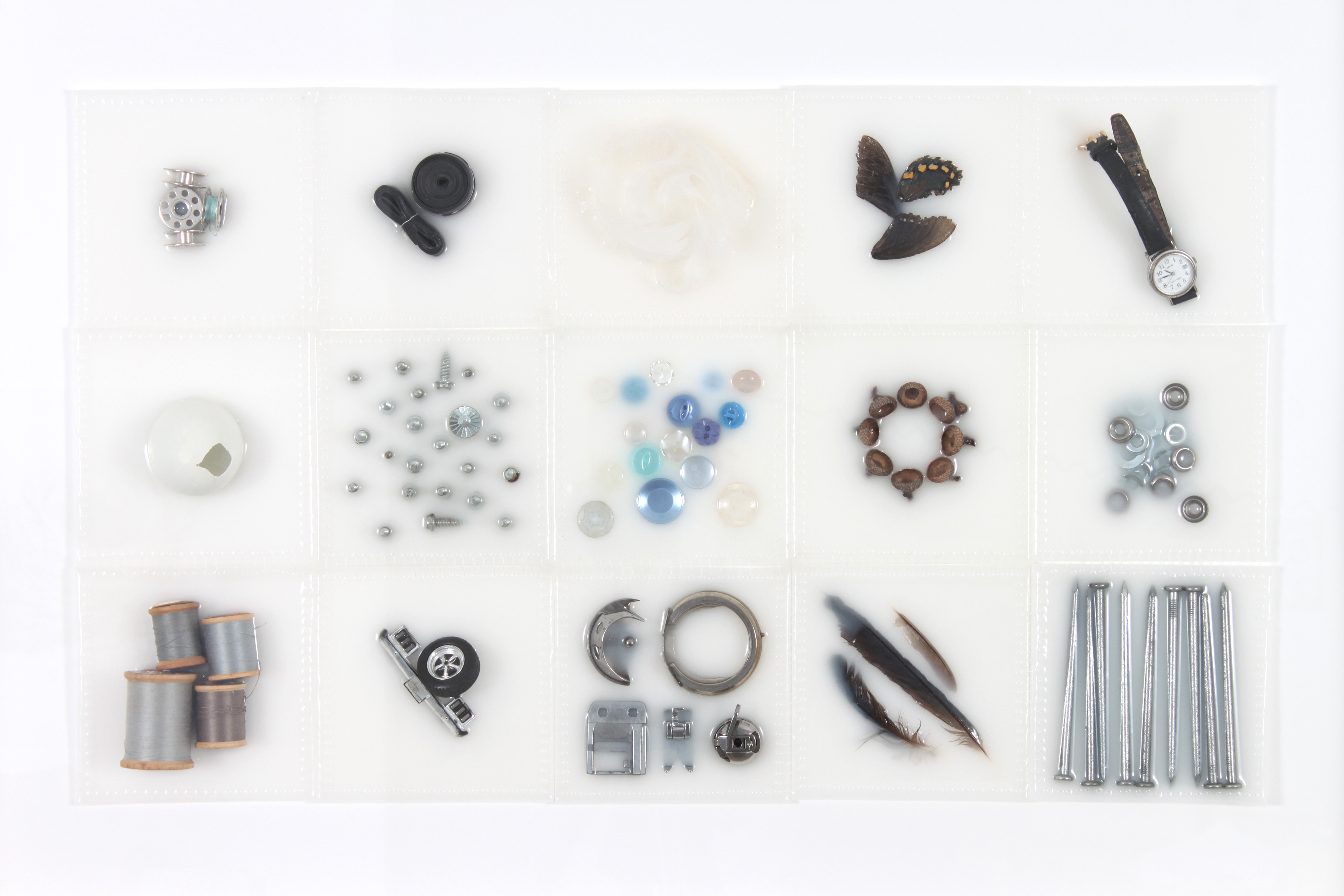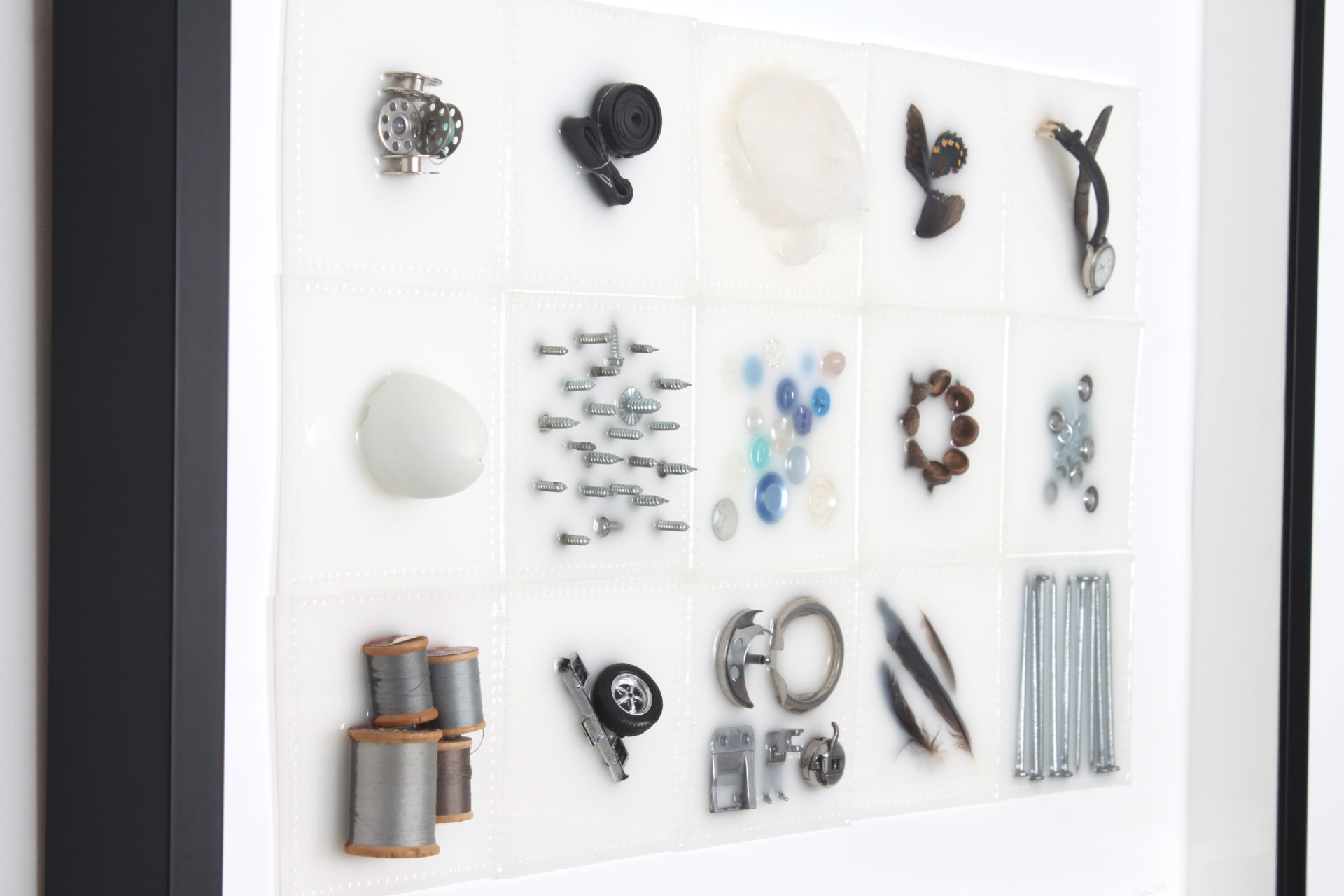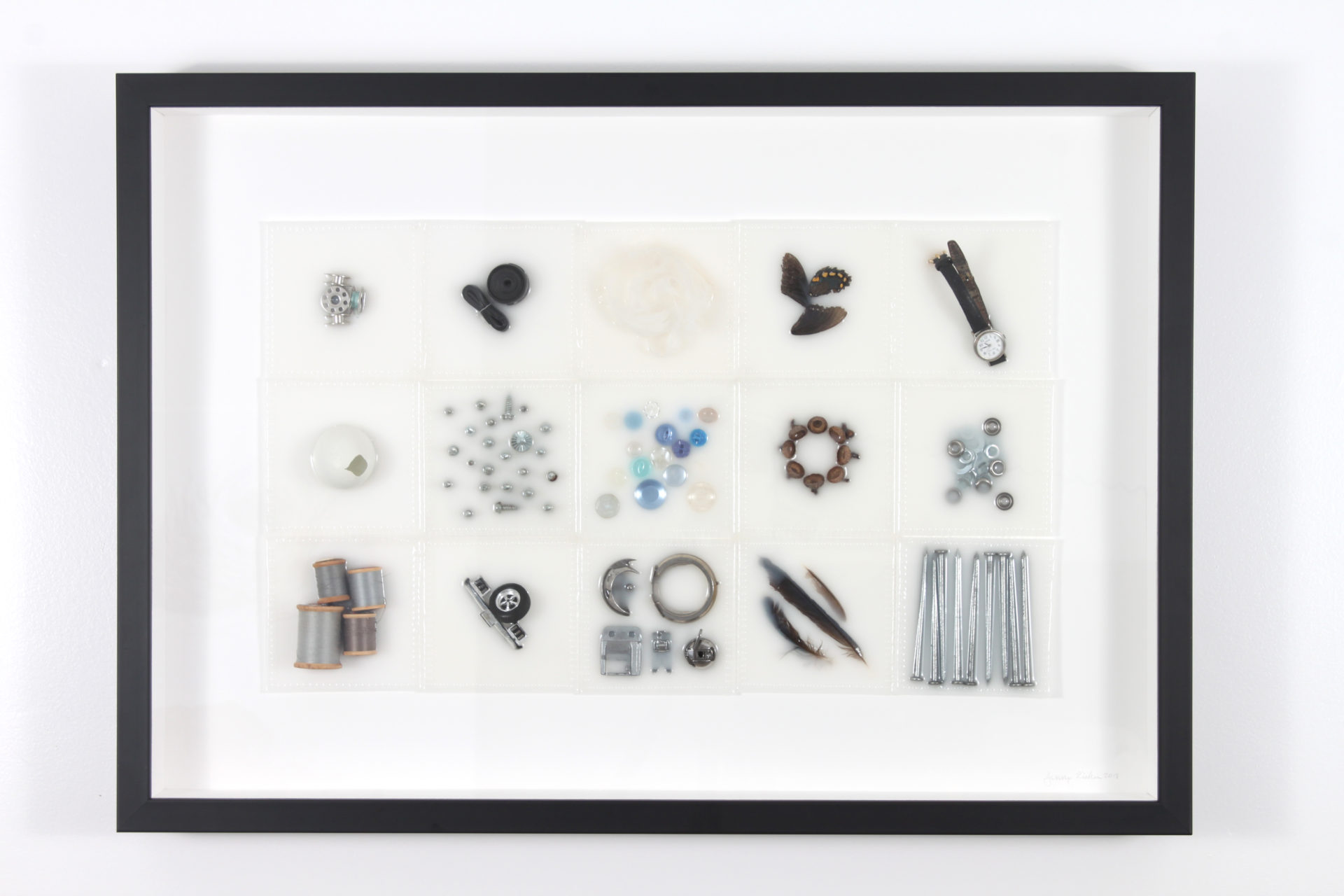Have you ever felt nervous about walking into a gallery? Or does the thought of talking to someone about art make you cringe? It’s okay if it does, we’ve all been there, even artists who went to a serious art school like me!
Interpreting artwork is fun for people who know how to do it, but can feel like an overwhelming enigma for someone without much experience. Luckily, there are some simple steps that will really make a difference.
First, before you even get started get in the right frame of mind. Relax and enjoy yourself – this is a no pressure activity. (Really it is, I promise!) Only look at artwork that interests you. Otherwise, don’t bother!
Looking at artwork is a great exercise in being mindful. Stay in the moment and keep an open mind. Artwork and creative thought need an open playground to work in. Then magically something will come together in your mind and you’ll make connection you hadn’t noticed before. It can be really exciting and produce some great “Aha” moments. Don’t try to define what is happening in the artwork too early.
Also, believe your own ideas. You don’t have to guess what the artist was thinking. For many artists, the point of making the work is to generate feelings and responses from the viewer. Your ideas are important!
Now that we’ve set the stage, we’ll use this artwork as an example and use a technique I’ve adapted from art historians Erwin Panofsky and Kit Messham-Muir to help you get into it.
1. LOOK
Keep your eyes and mind open, and really look at the physical characteristics of the artwork. What do you see? Look closely and if it’s a sculpture, walk around it. What are the shapes, colors, textures, and materials in front of you?
In this case, you can see a grid of squares with objects inside. The squares are made from a translucent material and when you look closely, you notice they are stitched together with white thread. In each square, objects are embedded or sitting on top of this material. The objects vary quite a bit. Depending on the object they are shiny, hard, strong, soft, delicate, natural or man made. They have lots of cool colors like sliver and blue punctuated with black. You can see circles in the acorn tops, buttons, watch, egg, wheel and the rubber strap that is rolled up.
2. APPLY MEANING
Now start applying meaning to what you see. This is when you start thinking about what symbols and iconography are in front of you. If it is more abstract, you can still think about what the shapes and textures might represent or what the colors may stand for. How does it make you feel? The feelings you experience may point to the meaning too.
In this artwork, you have noticed the grid pattern and the sewing, and this reminds you of a quilt. What do quilts stand for? They can symbolise warmth, home, the use of scraps to form something new and useful. Ah, now that is relevant. There are objects here from various different sources that have been brought together to form this artwork. So like a functional quilt, this artwork brings disparate objects together to form a whole.
There is a repeating pattern of circles in the work. Circles can symbolise the idea of something whole, or they can refer to cycles.
Now, for the objects. The objects are mostly domestic in nature. There are buttons, screws, a watch, an egg, bits of a toy car. All these could be found in someone’s home. The watch could indicate time, the butterfly wings are arranged in a circle and could indicate flight or metamorphosis. The egg shell has a hole in it, allowing a partial view of the interior. This could point to the idea of interior v. exterior. There are several elements of sewing, with thread on spools and bobbins and the quilt format in general. Sewing is also a domestic activity. Could this be a portrait of someone’s domestic world?
The objects sometimes sink away in the translucent material. Sometimes, as in the case of the screws, it’s difficult to understand what they are at first. By being sunk in this stuff, they get a little more mysterious. What are they and what is their origin? Are these unformed thoughts just coming to the surface? Or are they memories fading with time? Are they without origin, like the clutter around the house that you can’t remember where it came from? Or are they being concealed like a secret?
There are lots of contrasts in texture. The white feathers look unbelievably soft and delicate. This contrasts sharply with the pointy screws and huge, hard nails. There are other contrasts too. The acorns, butterfly wings, egg shell and feathers are natural materials in contrast to the man made machine parts, screws, nails, toy car bits, and watch.
So far you’ve got cyclical elements, domestic life, the mystery of partially formed thoughts or half forgotten memories, and contrasts such as Interior v. Exterior, Delicate v. Strong, Natural v. Manmade.
3. THINK ABOUT CONTEXT
Think about the context in which this piece was made. When was the artist born? (This is often on the little white card on the wall next to the artwork.) When was the artwork made? Where is the artist from? These things will tell you a lot about the work. Your general knowledge of history soaked up from school, TV and books will come into play here. (You may be surprised at how much you already know!) Another important clue is the title of the work. This can be a good clue as to what the artist was thinking about.
This artist is named Jenny Kiehn, was born in 1981 and is from Asheville, NC. Clearly, there is a strong history of quilts in that area. She may have grown up with quilts as a central element in her life. From the little card you learn that the translucent material is resin. The artwork as made in 2018, but the elements in it are fairly timeless with the exception of the resin. The resin marks this as a contemporary artwork. The materials list says the machine parts are from the artist’s first sewing machine and the feathers were collected by her grandmother. Clearly she has invested objects with personal meaning into the work. Since they are objects of meaning and are domestic in nature, perhaps the artist is making a work about her domestic life. It is called “Cycles”, hence the pattern of circles. So now with the egg and wings we have cycles of life and death, cycles of time, and lots of paradoxes such as Manmade v. Natural, Soft v. Hard, Delicate v. Strong, Interior v. Exterior, all within a quilt format which is indicative of home and reusing what you have. Perhaps this is a portrait of the artist’s home life and the cycles and paradoxes embedded in it.
What do the objects mean to you? Maybe the sewing machine parts and thread remind you of your mother and grandmother. The buttons, which are floating in the resin like bubbles, remind you of the buttons you used to play with in her sewing basket. The toy car parts remind you of one your brother used to have. The feathers remind you of feathers you collected as a child. This is about YOUR CONTEXT for the artwork, which is just as important as the artist’s context. Really go to town on this one, and have a think about what the artwork means to you. This makes it really fun and special to talk about with others.
So there we are! Three steps to learning how to interpret an artwork. The more practice you get, the easier and more fluid the process will be for you.
Also, it needn’t be such a long and in depth analysis as this one. Some artworks just don’t require it. However, my artwork is meant to be a conceptual puzzle, so it’s perfect for this kind of deep, meditative thinking. And by the way, there isn’t one right answer to the puzzle. All answers are interesting and valid. Hopefully another answer will occur to you the next time you look at it!
I once gave a lecture on creativity to a bunch of meteorologists in the UK. They asked me how to go about interpreting artwork. I told them it was like learning to cook. Remember when you didn’t know how to cook at all? I remember as a girl I thought the way gravy bakes into a savoury pie crust was like pure magic. (You know, like chicken pot pie? Yummm….) Now I know it’s relatively simple to do, but it’s taken a lot of repetition to learn the skills to do it. Learning to interpret art is like that. It requires repetition, but it’s simple and fun to do. So just jump in and start. It’s not hard and it helps you to think outside of yourself, which is always a good thing.
To see more images of Cycles or purchase, click here.
If you have any questions or want to respond, please feel free to write in the comments section below. I would love to hear from you!
4 Comments
Comments are closed.






Very interesting and informative
Thank you, Mary! I’m glad you liked it.
Thanks for the thoughtful post; it was a pleasure to read. I love the image of you giving a creativity lecture to meteorologists! I bet that was interesting on both sides.
Thank you, Jessica! It was a funny experience. I interviewed some scientists beforehand and did a lecture on the intersections between Science and Creativity. It went really well! My main premise was that scientific experimentation and creative practice are both slightly structured trial and error. The way you go about both is quite similar and they require similar kinds of analysis and out of the box thinking. It was a fun thing to investigate.